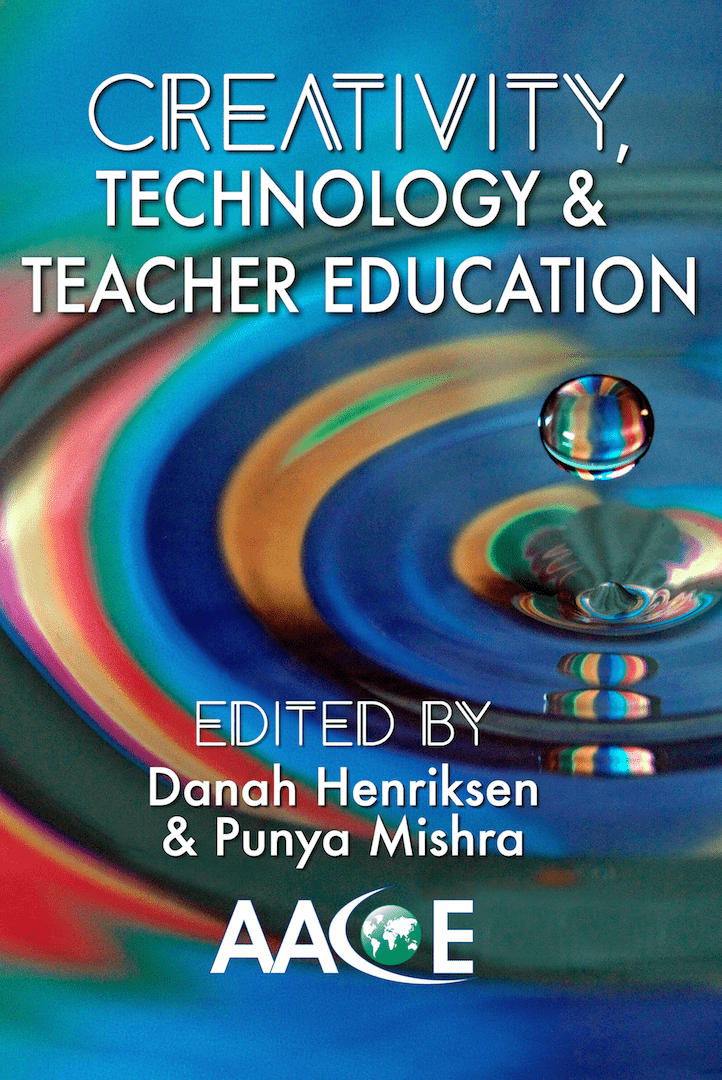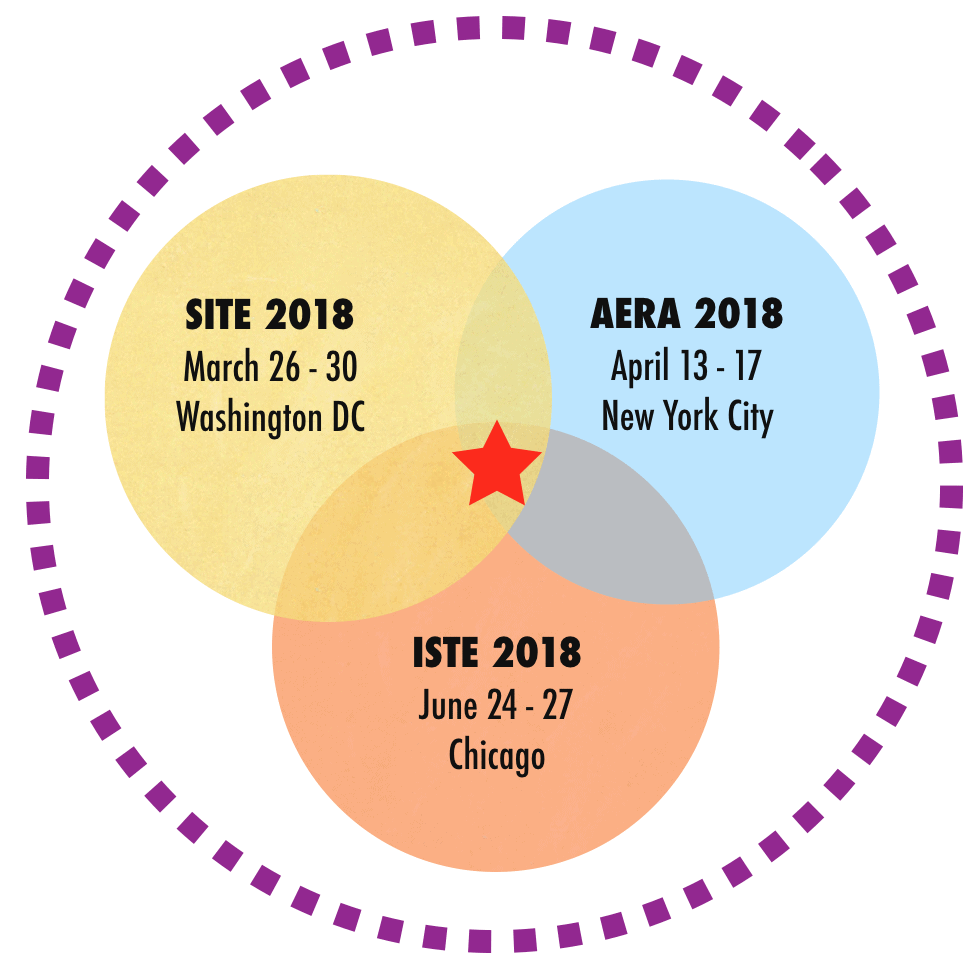
Chris Fahnoe, just sent me a link to a piece on KQED on measuring creativity. Nothing particularly new here but reading it sent me down a rabbit-hole of some quotes and ideas I had been wanting to blog about for a while. So here goes. All this started when I read a quote in the article by Dr. James Catterall, a psychologist and director of the Centers for Research on Creativity in Los Angeles. He describes an interesting finding that emerged from as they were testing their new survey on measuring creativity:
Elementary school kids scored better on it than high school kids did. “I think the expression that many people use is that the schools have a tendency to suck the creativity out of kids over time,” he says.
As Ken Robinson said, in his TED talk:
I believe this passionately: that we don’t grow into creativity, we grow out of it. Or rather, we get educated out if it.
Even more ominously, there is now research that shows that that there has been a continuous and persistent decline in creativity in US school-going children over the past 30 years or so. Researcher Kyung Hee Kim argues that since the mid-1980?s…
…children have become less emotionally expressive, less energetic, less talkative and verbally expressive, less humorous, less imaginative, less unconventional, less lively and passionate, less perceptive, less apt to connect seemingly irrelevant things, less synthesizing, and less likely to see things from a different angle.
You can read a blog post about this work here (Dr. Peter Gray: As children’s freedom has declined so has their creativity) or visit the researcher’s website (Dr. Kim’s World of Creativity).
As to why it this happening? The blog post (by Dr. Gray) suggests that, this is because
Creativity is nurtured by freedom and stifled by the continuous monitoring, evaluation, adult-direction, and pressure to conform that restrict children’s lives today. In the real world few questions have one right answer, few problems have one right solution; that’s why creativity is crucial to success in the real world. But more and more we are subjecting children to an educational system that assumes one right answer to every question and one correct solution to every problem, a system that punishes children (and their teachers too) for daring to try different routes. We are also … increasingly depriving children of free time outside of school to play, explore, be bored, overcome boredom, fail, overcome failure—that is, to do all that they must do in order to develop their full creative potential.





0 Comments
Trackbacks/Pingbacks